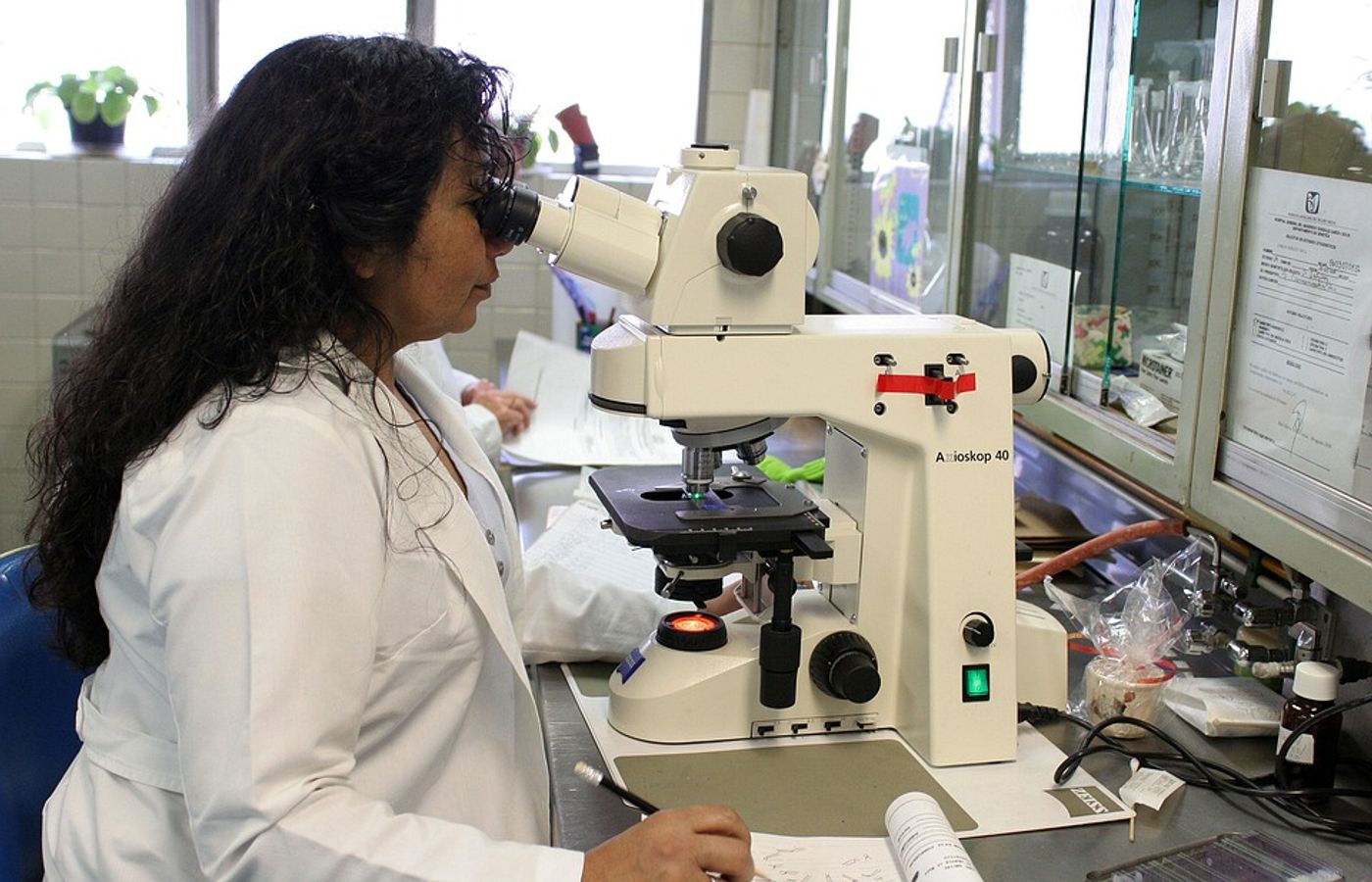This material adapts to the force exerted upon it
A study published in Advanced Materials recently showcases a self-adapting material capable of changing its rigidity in response to how much force is applied on it. The material was developed by researchers from Johns Hopkins who say that they were inspired by human bone and coral reefs.
"Imagine a bone implant or a bridge that can self-reinforce where a high force is applied without inspection and maintenance. It will allow safer implants and bridges with minimal complication, cost, and downtime," says senior author Sung Hoon Kang, an assistant professor in the Department of Mechanical Engineering, Hopkins Extreme Materials Institute, and Institute for NanoBioTechnology at The Johns Hopkins University.
The key to this material is that it is simple, low-cost and doesn't require extra energy. That hasn’t been the case with similar synthetic materials in the past, which require significant maintenance. Additionally, this material is less stressful on the environment.
The materials that the team developed are capable of converting mechanical forces into electrical charges as scaffolds that can create charges proportional to external force placed on it. Additionally, inspired by the way corals uptake minerals from their environment, they created a system that adds minerals in response to applied stress whereby mineral height was proportional to the square root of stress applied.
"Our findings can pave the way for a new class of self-regenerating materials that can self-reinforce damaged areas," says Kang, and even prepare for an increased force to prevent future damage. The hope is that these materials will one day be able to be utilized as scaffolds to improve bone regeneration treatments for bone-related disease or fractures, in addition to smart resins for dental treatments. In general, their findings will help provide a wider picture for the mechanisms behind dynamic materials and mineralization.
Sources: Advanced Materials, Eureka Alert









